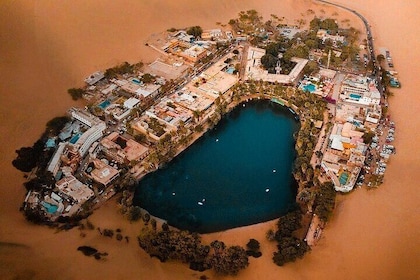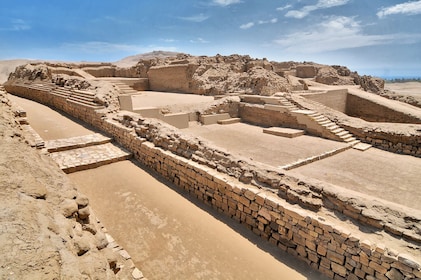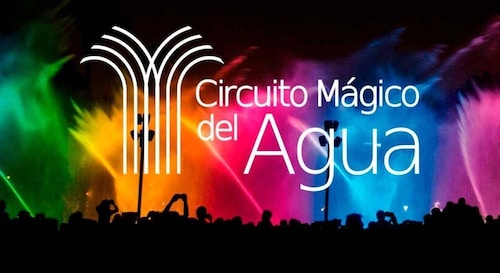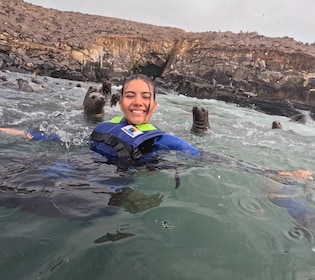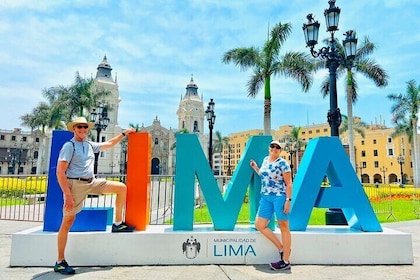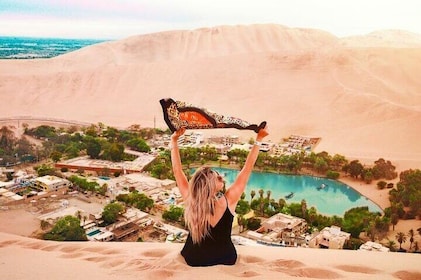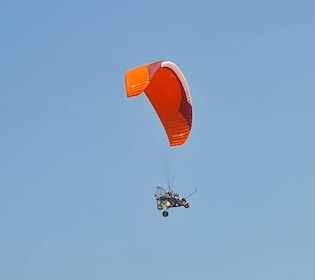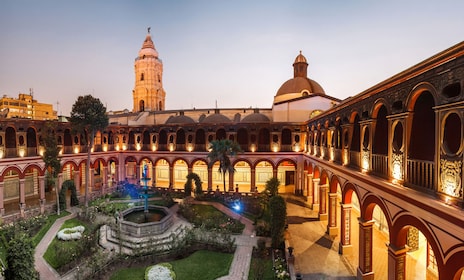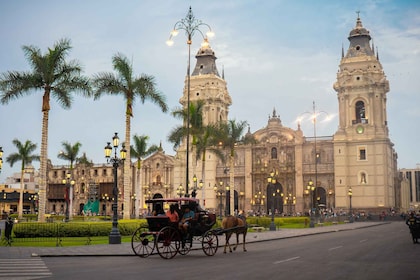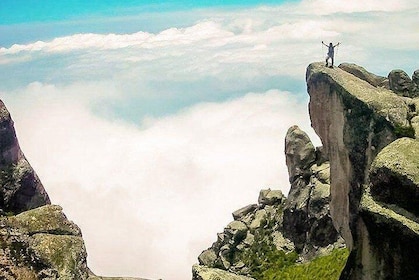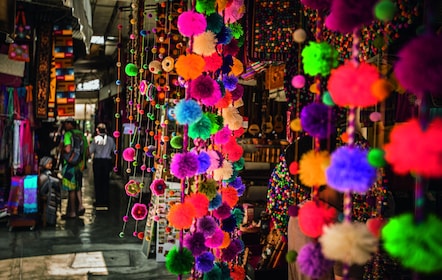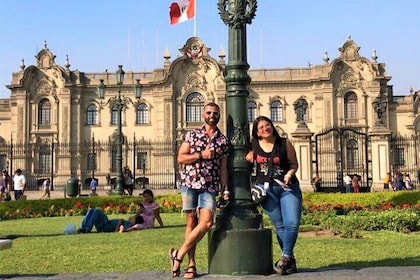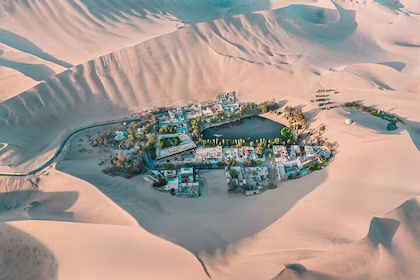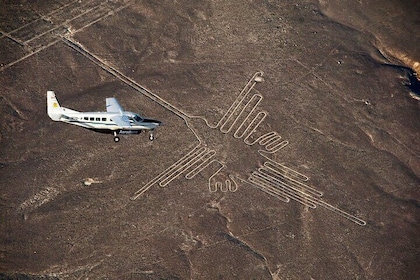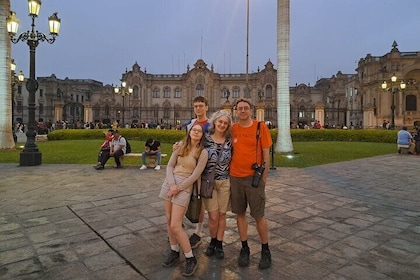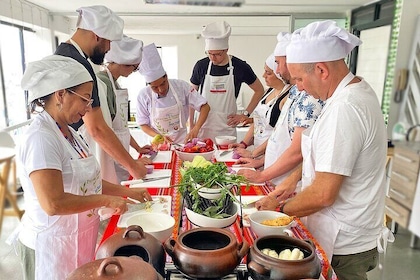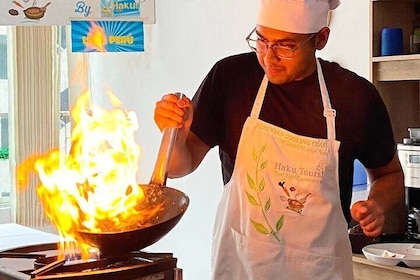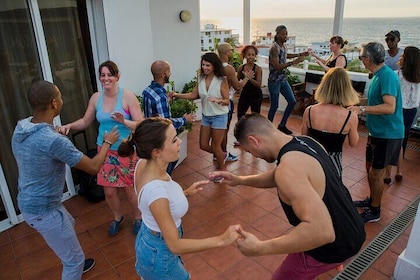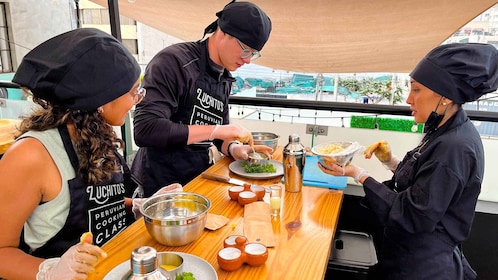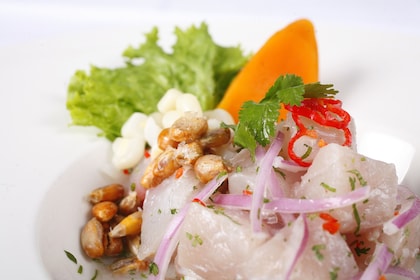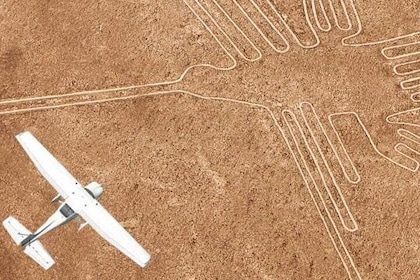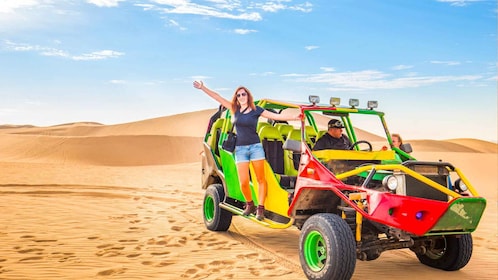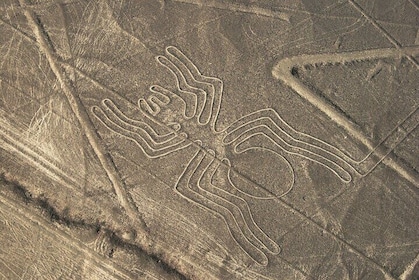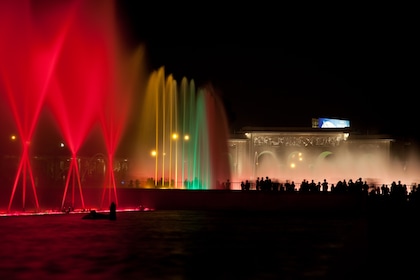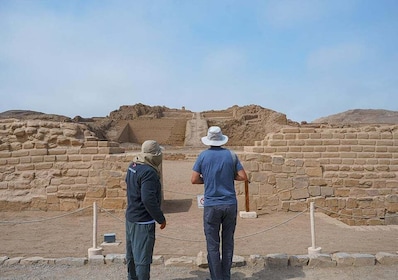Rediscover the jewels the Spanish found upon their arrival in Peru and learn about what they signified to the pre-Columbian indigenous groups.
The Gold Museum is Peru’s largest collection of gold and silver artifacts from ancient civilizations. It is an interesting way to learn about ancient groups’ talent for metal work. The museum is full of more than 7,000 objects, including old works of art and some precious stones. There is also a collection of around 20,000 weapons from around the world. The museum is spread out across two floors, made of reinforced concrete to protect its valuable items. There is also a large vaulted safe with some of the site’s most treasured objects.
Browse the eclectic range of metal works on display. Inspect the pieces fabricated by the Chimu Culture, a pre-Inca tribe from around A.D. 900. Take a closer look at the Tumi, an ancient ceremonial knife. It was used for many gory rituals carried out by the tribe. Explore an exhibit centred on the Moche people, from A.D. 100. Arouse your curiosity with displays about nose rings and sandals. Learn about what gold and metal objects signified to the ancient tribes.
Peruse the Weapons of the World exhibit. The oldest object dates back to the 13th century. Examine old war uniforms, pieces of armour and other war-themed objects.
Peruvian diplomat Miguel Mujica Gallo donated most of the relics out of his private collection from the 1960s. The attraction is often referred to as the Museo de Oro del Perú y Armas del Mundo (Peru’s Gold Museum and Weapons of the World) to incorporate the collection of arms into the site’s title.
Lima’s Gold Museum is situated in the Santiago de Surco region in the southeast of the city. It is a 9-mile (15-kilometre) taxi journey south from Plaza Mayor, the town’s historic centre.
Although taxi fares are relatively cheap in Lima, it is advisable to purchase a package trip that includes departures from your hotel in the morning and afternoon. Most hotels can connect you to this service, which includes the museum’s entrance fees, a guided tour in English and your return trip to where you are staying. Bring warm clothes for the trip, in case of a sudden drop in temperature, as is common in Lima.
